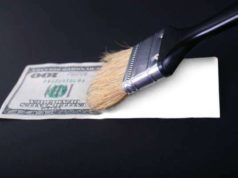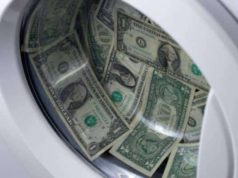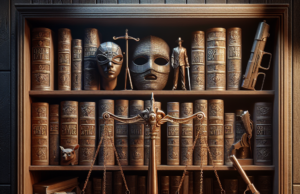
Forgery is not limited to the false representation of written documents. Art forgery is a major problem in the art industry. Art dealers are constantly inspecting rare or valuable artwork to confirm the validity of major works of art. Art dealers and galleries sell artwork for significant sums of money all over the world, and occasionally a famous work of art by a world-renowned artist like Da Vinci, Dali, or Picasso is discovered. Sometimes the artwork is discovered to be a fraud.
Art dealers and the world’s most lucrative art galleries employ art historians and specialists to examine a piece of art to make sure it is not a forgery. A famous painting that is, in fact, an original can sell for tens of millions of dollars at art auctions and galleries or from private art dealers. Art forgeries make false claims as to the originality of a piece of art to sell a copy of the “original” for a large sum of cash.
Artists and art students are traditionally trained to copy the style and work of the world’s masterpieces to learn the techniques of the masters. This has been a common practice for thousands of years and is not considered art forgery, unless the copied piece of art makes false claims as to the origin of the work of art in question.
Art forgeries almost always involve elaborate schemes to deceive the market into believing that an important discovery of a previously unknown piece of art has been revealed. Many artists misuse their talents to conspire with fraudulent art dealers to commit art forgeries. The artists involved are usually unknown artists who produce relatively accurate replicas of another artist’s “original” work.
Art forgeries involving alleged original paintings are less apt to being caught, as many art forgery conspirators are also knowledgeable of the biographies and history surrounding a piece of art.
Art forgeries may also be fake artifacts of antiquity. Artifacts from ancient times are not limited to the halls of the world’s largest museums. In cities like Baghdad, Jerusalem, Alexandria, and Cairo, legitimate and fake antiquities are sold in street-markets where dealers can make false claims of the validity of an artifact. Some people claim that a piece of pottery is from ancient Assyria when in fact it is either a fraud or from 12th Century Mesopotamia.
These marketplaces are hotbeds of art forgery. Staying knowledgeable of the style of art, materials used, and history can prevent someone from paying a large sum of cash for a forged piece of artwork.
Newly “discovered” pieces of a famous artist’s work are usually placed under more scrutiny because art scholars and historians must corroborate a person suspected of art forgery’s story with the biography and history of an artist’s work. Many artists were commissioned by patrons to do a work of art. Art patrons usually have documents relating to the payment of the artist to create a work of art. Those documents are used as evidence in telling the story behind a work of art.
Like most lies that are suspected, the forgers use more lies to substantiate old lies. Well thought-out cases of art forgery almost always involved forged secondary documents as written “records” of the origin of an artist’s work. Art historians and investigators then must look into the biographies and history involving the artist’s patrons, friends, and entourage. Any piece that does not pass the rigorous standards of the academic and art community will be considered a case of art forgery when a large sum of money is gained by the person claiming to have a new or original piece of an artist’s work.























